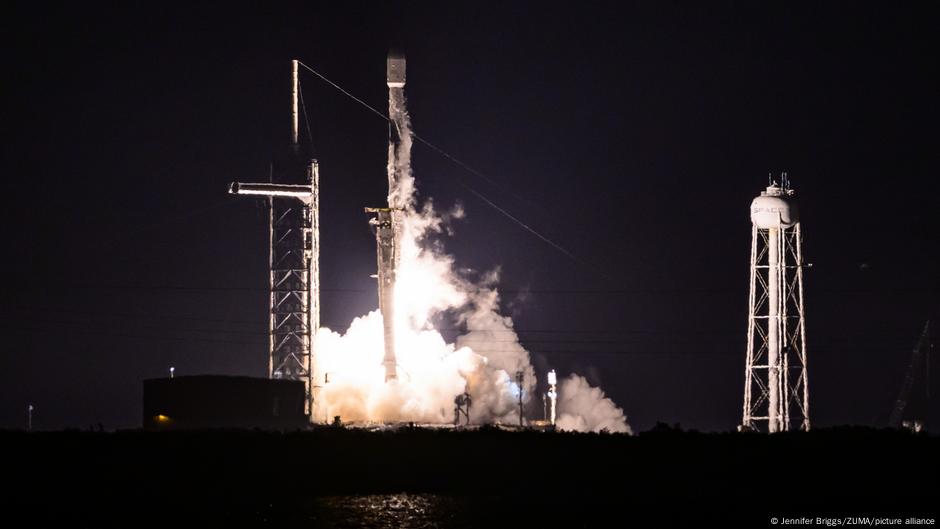
"A SpaceX Falcon 9 rocket launched Thursday night, carrying a classified US military spaceplane into orbit. It was the eighth flight of an X-37B Orbital Test Vehicle. No one was on board the rocket, which launched from Cape Canaveral, Florida. Space Force not disclosing length of mission The X-37B, built by Boeing, is an uncrewed and autonomous spacecraft employed by the US military to test technology and conduct experiments in both high and low Earth orbits."
"These operational demonstrations and experiments comprise next-generation technologies, including laser communications and the highest-performing quantum inertial sensor ever tested in space, the US Space Force said in July. Mission 8 will contribute to improving the resilience, efficiency and security of US space-based communications architectures, it added."
"Previous X-37B space drones have carried out missions for months or yearsImage: Jennifer Briggs/ZUMA/picture alliance It is unclear how long the mini shuttle will remain in orbit. On a previous mission, the drone circled Earth for more than a year before returning in March. Powered by solar panels, the reusable space planes were first launched in 2010. They measure 30 feet (nine meters) long with a 15-foot wingspan."
A SpaceX Falcon 9 launched Thursday night from Cape Canaveral carrying a classified US military X-37B Orbital Test Vehicle on its eighth flight. No crew were on board. The Boeing-built X-37B is an uncrewed, autonomous spacecraft used to test technologies and conduct experiments in both high and low Earth orbits. The mission includes next-generation capabilities such as laser communications and a high-performing quantum inertial sensor. The Space Force said Mission 8 will improve the resilience, efficiency and security of US space-based communications. Mission length was not disclosed. The reusable, solar-powered planes first flew in 2010 and measure 30 feet long with a 15-foot wingspan.
Read at www.dw.com
Unable to calculate read time
Collection
[
|
...
]